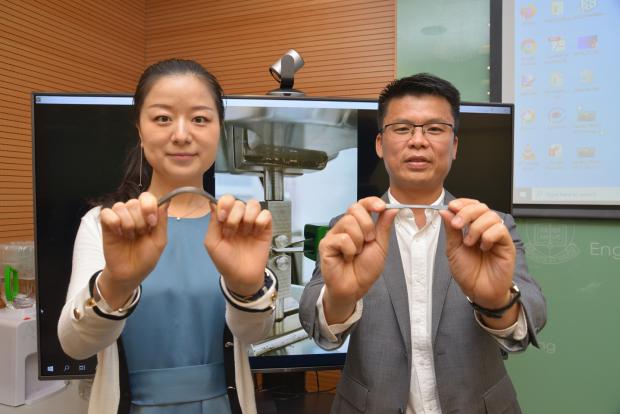
Breaking News
 $26M Frozen on Blockchain - With One Click
$26M Frozen on Blockchain - With One Click
 Italy are on national strike shutdown rejecting digital enslavement...
Italy are on national strike shutdown rejecting digital enslavement...
 The following U.S. states are currently using the rebranded "Reporty Homeland Security" so
The following U.S. states are currently using the rebranded "Reporty Homeland Security" so
 NATO Chief Urges Europe To Prepare For Long-Term World War With Russia, China, Iran & North Korea
NATO Chief Urges Europe To Prepare For Long-Term World War With Russia, China, Iran & North Korea
Top Tech News
 HUGE 32kWh LiFePO4 DIY Battery w/ 628Ah Cells! 90 Minute Build
HUGE 32kWh LiFePO4 DIY Battery w/ 628Ah Cells! 90 Minute Build
 What Has Bitcoin Become 17 Years After Satoshi Nakamoto Published The Whitepaper?
What Has Bitcoin Become 17 Years After Satoshi Nakamoto Published The Whitepaper?
 Japan just injected artificial blood into a human. No blood type needed. No refrigeration.
Japan just injected artificial blood into a human. No blood type needed. No refrigeration.
 The 6 Best LLM Tools To Run Models Locally
The 6 Best LLM Tools To Run Models Locally
 Testing My First Sodium-Ion Solar Battery
Testing My First Sodium-Ion Solar Battery
 A man once paralyzed from the waist down now stands on his own, not with machines or wires,...
A man once paralyzed from the waist down now stands on his own, not with machines or wires,...
 Review: Thumb-sized thermal camera turns your phone into a smart tool
Review: Thumb-sized thermal camera turns your phone into a smart tool
 Army To Bring Nuclear Microreactors To Its Bases By 2028
Army To Bring Nuclear Microreactors To Its Bases By 2028
 Nissan Says It's On Track For Solid-State Batteries That Double EV Range By 2028
Nissan Says It's On Track For Solid-State Batteries That Double EV Range By 2028
"Super steel" breakthrough makes for stronger and tougher alloy

It's a frustrating fact that whenever you try to improve materials like steel, you end up introducing new weaknesses at the same time. It's a balancing act between different properties. Now, engineers have developed a new type of "super steel" that defies this trade-off, staying strong while still resisting fractures.
For materials like steel, there are three main properties that need to be balanced – strength, toughness and ductility. The first two might sound like the same thing, but there's an important difference. Strength describes how much of a load a material can take before it deforms or fails, measured in Pascals of pressure. Toughness, meanwhile, measures how much energy it takes to fracture a material.
For reference, glass has relatively high strength but low toughness, so it's able to support quite a bit of weight but it doesn't take much energy to break.
And finally, ductility is a measure of how easy it is to extend or elongate a material into different shapes. Unfortunately, improving one of these three properties tends to lessen another. Boosting strength, for instance, often makes a material less tough or ductile.

 Carbon based computers that run on iron
Carbon based computers that run on iron

